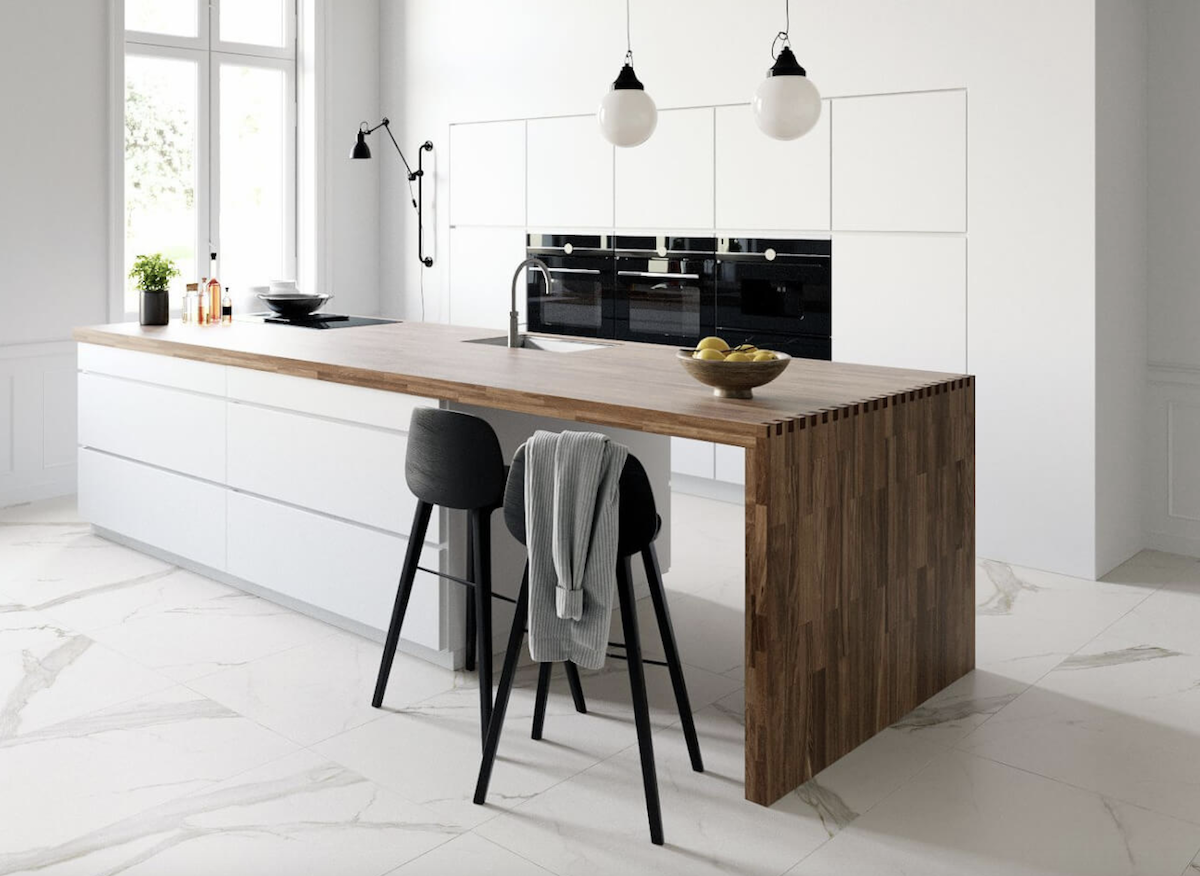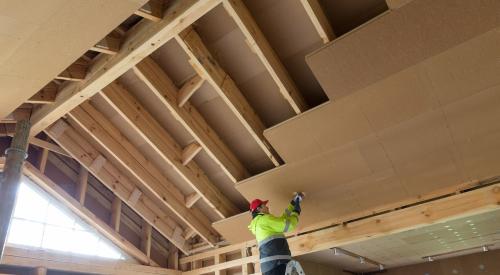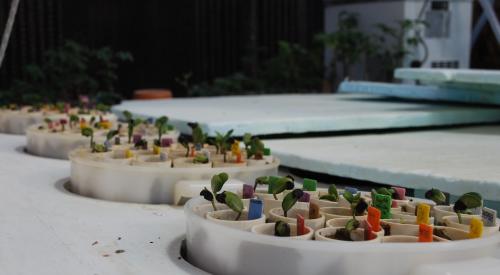Armstrong Flooring, a flooring company founded over 150 years ago in Lancaster, Pennsylvania, is changing its approach to retail services. While historically the company has relied on a “one size fits all” approach that featured a majority of carpet and tile, growing demand for a wider variety of surface materials has convinced company leaders to expand its offerings to favor what they consider to be more resilient products like vinyl and sheet materials—company sales for which increased 8 percent in 2020, according to information collected by Catalina Research.
The increasing sales for Armstrong’s resilient flooring options are indicative of the resilient flooring industry at-large. A market analysis from Grand View Research included projections that saw overall sales increasing nearly 7 percent annually from 2019 to 2025 and emphasized the growing consumer preference for flooring with “high aesthetic value, flexibility to use in numerous spaces, and ease of installation.” The 2021 US Floor Report predicts that resilient flooring installs will be more common than carpet within three years.
All of Armstrong Flooring’s products meet FloorScore standards for contributing to good indoor air quality and qualify for Low Emitting Materials credits based on green building rating systems for LEED, Green Globes, and other sustainable building requirements.
The Trends of Resilient Flooring
As resilient materials may soon make up the market’s most purchased flooring products, understanding the personal preferences influencing ultimate flooring selection is increasingly imperative for residential construction professionals and interior designers.
1. The Beachy Vibes of Young Homeowners
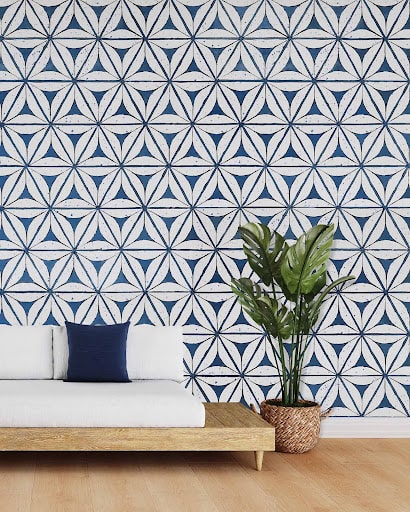
In 2021, more than 40 percent of homebuyers were millennials, according to a poll by the Realtors Homebuyer Association, and with a fresh generation of homeowners comes changes in interior design. Nearly a third of designers found that millennials mostly gravitate toward neutrals with dark, moody accents, revamping beachy styles to create a more sophisticated and modern coastal design. Products like Armstrong Flooring’s ProMerica Max 12 in ‘Snow Fort’ and Empower in ‘Baltic Blue’ feature warm blue undertones with light grays to coordinate with sea-washed design tones.
2. Light Floors Against Dark Walls
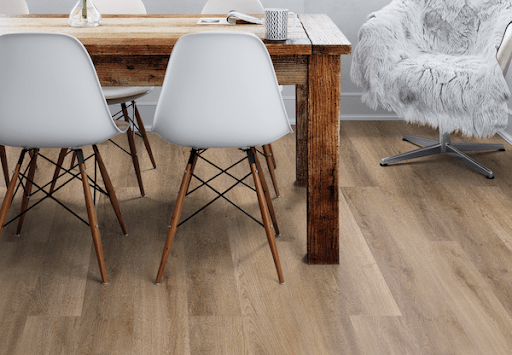
Navy blue is a color popular across the surface and generational spectrum—at least so far as the last year goes, says Di Anna Borders, vice president of design at Armstrong Flooring. “Seventy-one percent of designers reported that navy blue is a trending color that most clients are willing to try.” She adds that “paired with a warm blue, lighter floors are a natural partner making the design very crisp and clean.”
3. Refreshed Mid Century
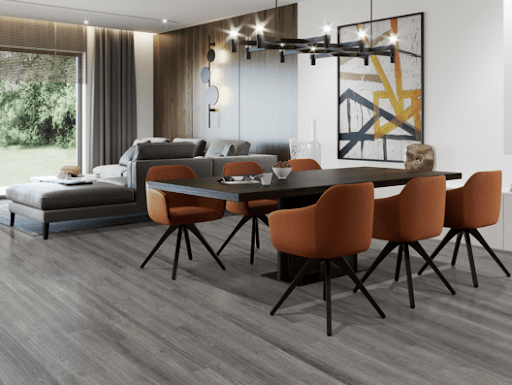
Another key trend reported by Armstrong Flooring saw a refreshed take on Mid Century styles with, as Borders describes, “nostalgic finishes” mixing old favorites like dark grainy woods with new additions like organic shapes within artwork and accessories. Coordinating with Mid Century dark browns and sun-baked shades of terracotta are Armstrong Flooring options like NexPro XL in ‘Rockaway Brown’ and ProMerica 6 in ‘Carmelo’ along with patterned sheet vinyls like DuraStride in ‘Desert Sands.’
Borders believes that Mid Century remains “a mainstay due to its very eclectic nature with quirky accents and mixed finishes.”
